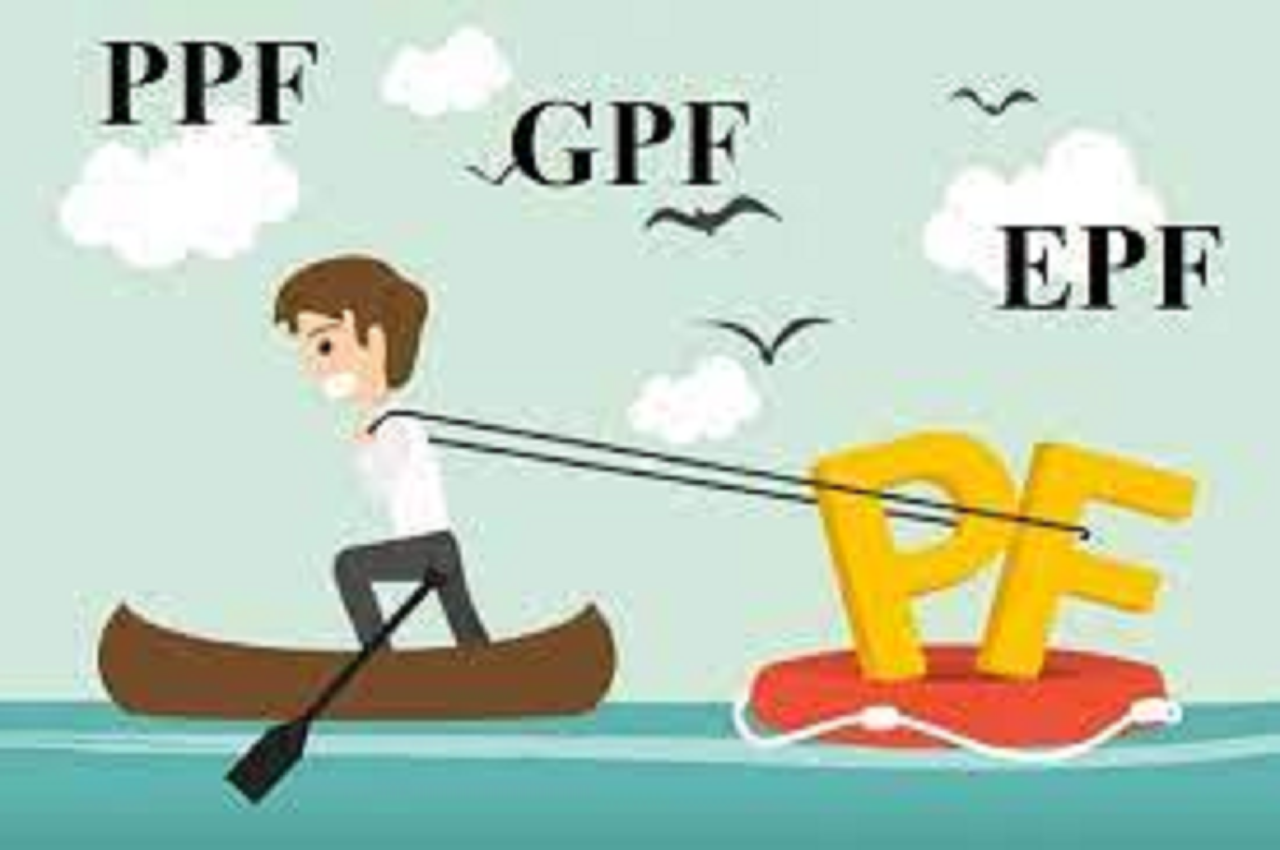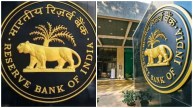Provident Funds are investment funds that companies and employees voluntarily establish to act as long-term savings to support an individual’s retirement. Employers use a variety of provident funds, including the Employees Provident Fund (EPF), Public Provident Fund (PPF), and General Provident Fund, to offer retirement benefits to their employees (GPF).
Here are basic diffrences and advantages of three provident funds
1 Employee Provident Fund (EPF): Employees of an organisation receive EPF benefits. Businesses in the private sector with more than 20 workers must implement EPF in order for employees with a basic income of up to Rs 15,000 per month to be eligible for retirement benefits. This is an optional perk for workers whose basic salary is higher.
Employers contribute 12% of the employee’s base wage, and both parties match that amount. An employee has the option to contribute more than 12% of his salary.
EPF’s benefits:
- Retirement PF withdrawal in one lump payment
- Benefits from employee deposit-linked insurance and regular pensions under the Employees Pension Scheme (EPS) (EDLI)
- While 12% of the employee contribution goes to the EPF, 8.33% of the employer’s 12% contribution goes to EPS and the remaining 1% to EDLI.
- The Employees’ Provident Fund Organization (EPFO), in cooperation with the government, releases the interest rate. Compared to the other two provident funds, the rate is higher.
- The total matching contribution from the employer is tax-free up to 12% of Basic (Basic + DA) Salary.
2 Public Provident Fund (PPF):
As the name implies, everyone can use this fund, including members of the armed forces, business owners, professionals, and self-employed people. Anyone with a PAN is qualified to open a PPF account for themselves and their minor children, and they are permitted to deposit a maximum of Rs 1.5 lakh into all accounts they open using their PAN in any given fiscal year. PPF accounts have a 15-year maturity period that can be continuously extended for blocks of 5 years.
Benefits of PPF
- The government announces the PPF rate every quarter, and it is often kept higher than the rates for current fixed deposits.
- On account maturity, the account holder has two options: they can either prolong the account for an additional five years with or without contributions.
- A PPF account holder may borrow against the deposit from the third to the sixth year, and after the sixth year has passed, partial withdrawals are permitted.
3 General Provident Fund (GPF): GPF is available to government employees who began working for the government on or before December 31, 2003 and who are accumulating retirement savings through pension contributions made under the Old Pension Scheme (OPS). If eligible, government workers can contribute up to 100% of their salaries, with a minimum of 6%.
Similar to PPF, only employees can contribute to GPF, however unlike PPF, GPF is not open to the public, and the annual investment maximum has been set at Rs 5 lakh.
Advantages of GPF:
- The interest rate offered is higher than the current FD rates, and investments in GPF are absolutely safe.
- The funds deposited in the GPF may be withdrawn as a lump payment at the time of retirement. Partial withdrawal alternatives are provided for specific needs.










